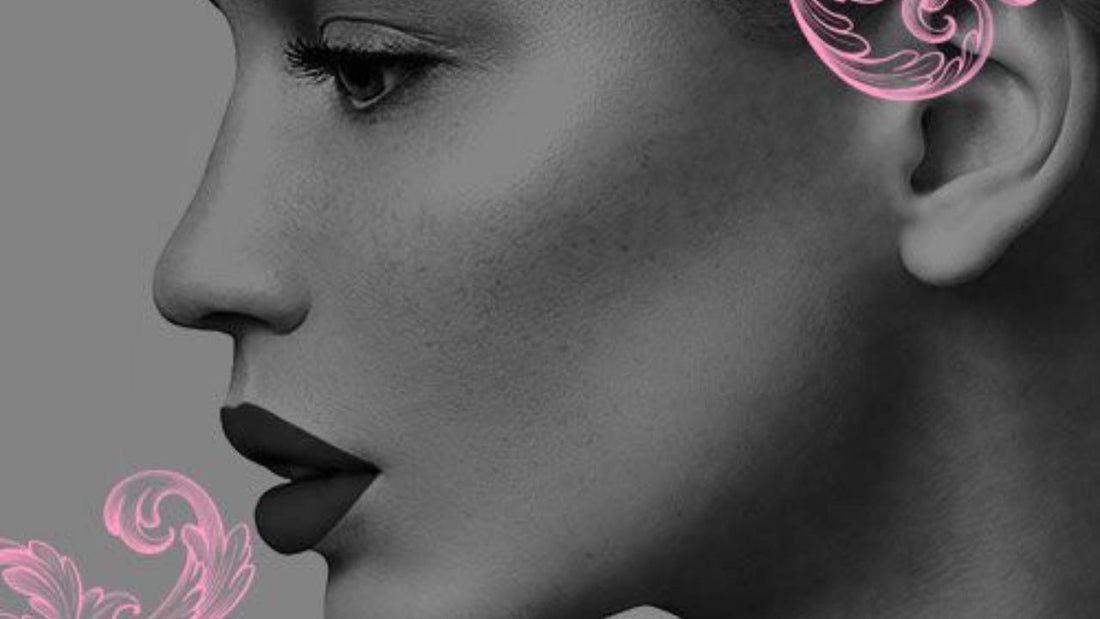
Color Theory in Permanent Makeup: Why It’s the Skill Every Artist Needs to Master
If you're serious about becoming a successful permanent makeup artist, there’s one foundational skill you must master—color theory. It’s not just about knowing your color wheel; it’s about understanding how pigment behaves in the skin, how undertones affect healed results, and how to make confident, educated pigment choices every single time.
At Girlz Ink, we believe PMU color theory isn’t optional—it’s essential. We sat down with Ari, one of our bright and passionate apprentices, to talk about how learning color theory transformed her understanding of permanent makeup.

Why Color Theory is the Heart of PMU
PMU artists don’t just tattoo color onto skin, we sculpt symmetry, create balance, and enhance natural beauty. And it all begins with understanding how color behaves once it’s implanted.
Whether you’re selecting the perfect brow shade, correcting a cool lip border, or neutralizing an old set of brows, color theory gives you the knowledge and confidence to deliver predictable, gorgeous results.
Color theory helps with:
🩷 Pigment Selection: Choosing tones that work with the client’s skin, not against it.
🩷 Color Correction: Neutralizing unwanted hues like gray, red, blue, or purple.
🩷 Custom Blends: Creating advanced combinations for truly bespoke results.

Understanding Undertones: The Game-Changer
One of the first things we teach at Girlz Ink Academy is how to assess a client’s undertone. Is it warm, cool, or neutral? Because that answer informs your entire pigment approach.
Ari, our rising artist in training, summed it up perfectly:
“It’s basically our job to diagnose it [the undertone]. Because then, we base our pigment choice off that.”
Undertone isn’t just a buzzword, it’s the roadmap for achieving results that heal beautifully and last longer. Misread a client's undertone, and you risk gray, ashy, or overly warm results that require correction later.
Ari’s Favorite PMU Color Theory Class?
We had to ask Ari what course helped her the most. She grinned before saying,
“Teryn’s color theory course is amazing. It's so detailed... I actually go back and reference it all the time.”
Why Artists Keep Coming Back to Color Theory
Even experienced artists revisit color theory time and time again. Why? Because pigment technology evolves. Skin types vary. And healed results don’t lie. Knowing color theory sets you apart as a well-rounded, educated, and trusted PMU professional.
If you’re just starting out, or if your healed results aren't matching your expectations—revisit color theory. Build your knowledge. Fine-tune your pigment strategy. And yes… watch your confidence soar.
Ready to Level Up Your Skills?
We’ve got you covered. Our Beyond the Epidermis: The Ultimate Color Theory Guide is one of the most comprehensive color theory classes in the PMU world—taught by Teryn Darling, the queen of pigment correction.

PMU Color Theory: Frequently Asked Questions
Q: Can’t I just pick the pigment that looks closest to the client's hair color?
A: Nope. You must consider the client’s skin undertone, not just surface features like hair or eye color. That’s how you avoid ashy or overly warm results.
Q: What if the pigment looks different once healed?
A: That’s exactly why color theory matters. Pigments heal differently depending on the skin type, undertone, and the pigment's base formulation (organic vs. inorganic).
Q: Is color theory just for brow work?
A: Not at all. Color theory is crucial for every PMU service—brows, lips, eyeliner, even paramedical procedures like scar camouflage.
Color theory isn’t just a lesson—it’s a lifelong tool in your artist toolbox. Study it. Revisit it. Master it. Because when you know your colors, you can truly change lives—one pigment at a time. 💖